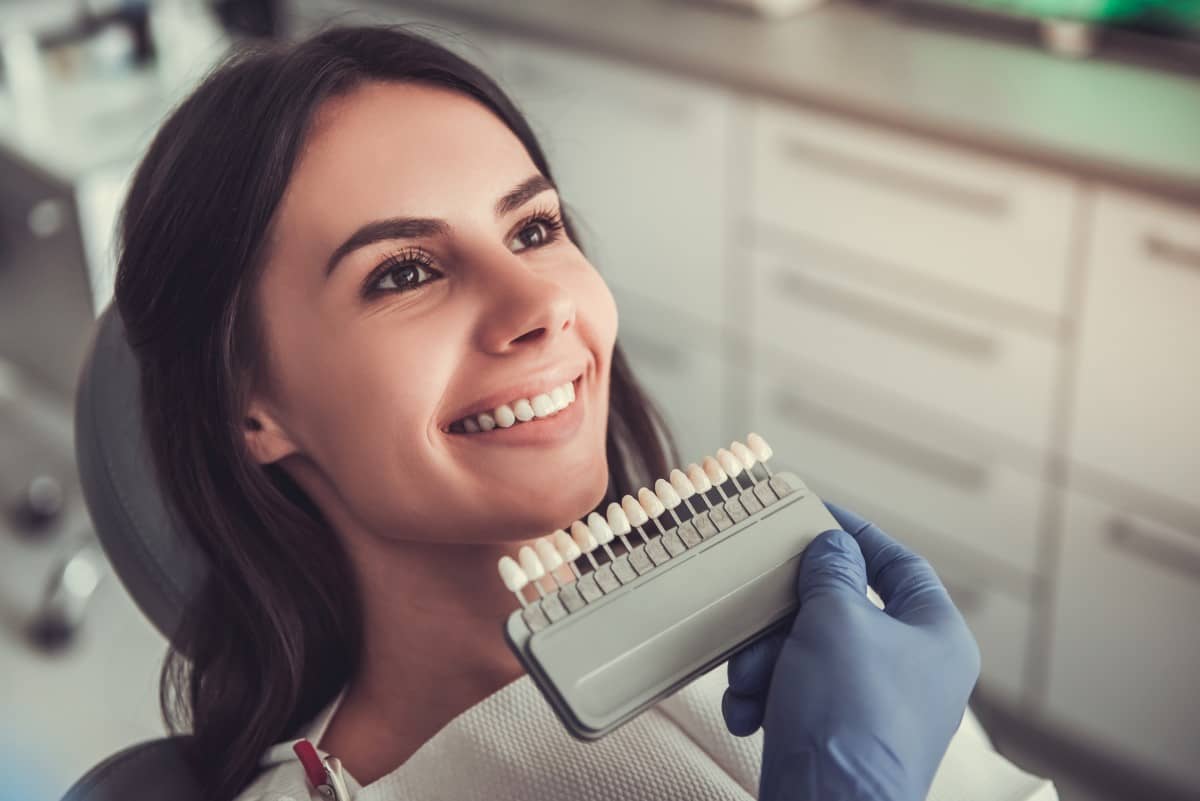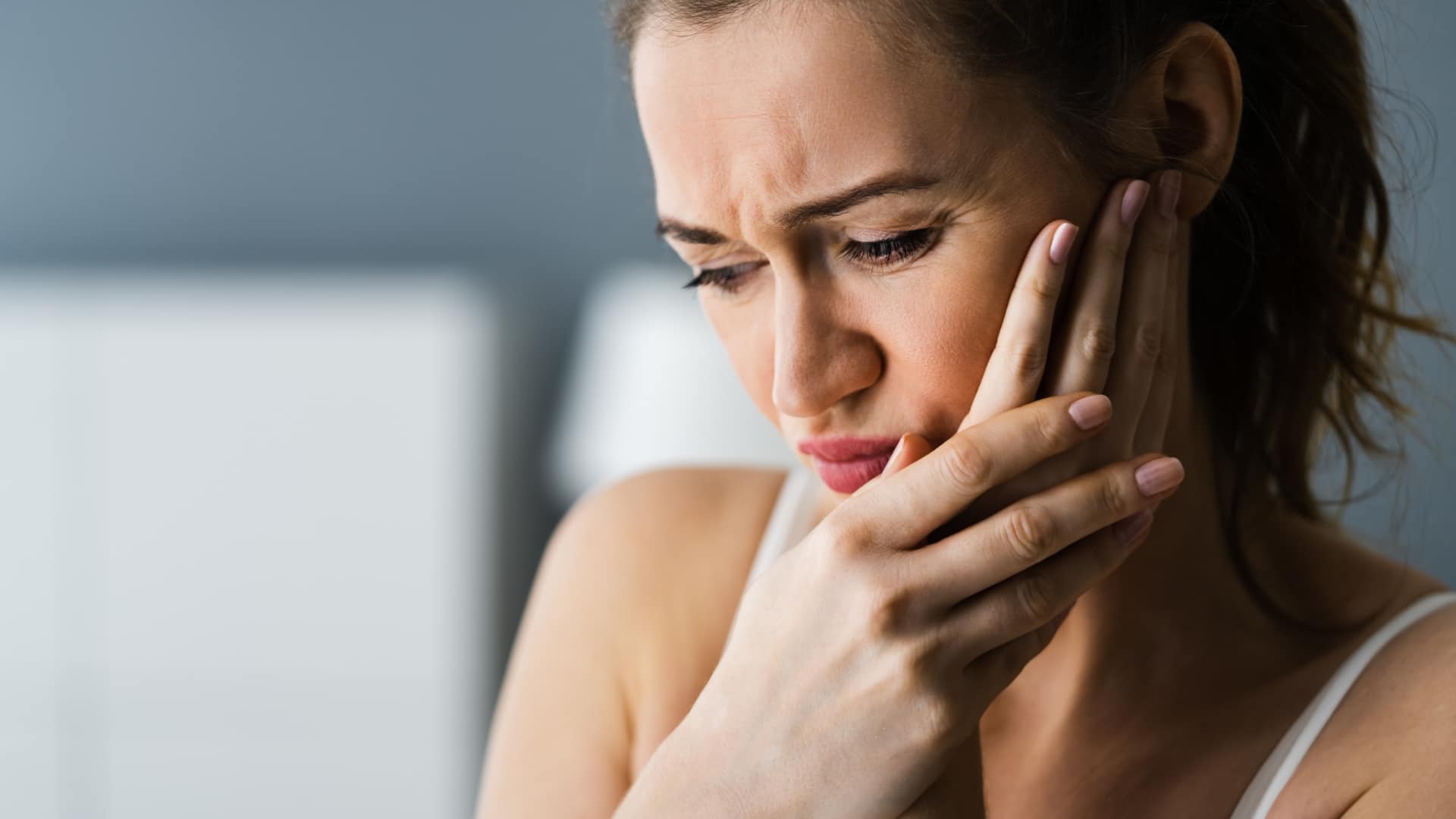
Home whitening or chair-side Bleaching?
Home bleach or in-office Bleach? Which one should you go for? Both chairside and home dental bleaching are considered safe and effective ways to whiten

Brushing your teeth is an important part of maintaining good oral hygiene. The American Dental Association (ADA) recommends brushing your teeth twice a day for two minutes, using a soft-bristled toothbrush and fluoride toothpaste. When brushing your teeth, it’s important to use the correct technique to effectively remove plaque and bacteria from the teeth and gums.
Brushing your teeth is an important part of maintaining good oral hygiene. There are several reasons why you should brush your teeth, including:
Plaque is a sticky film of bacteria that forms on the teeth and gums. Brushing your teeth removes plaque and helps prevent tooth decay and gum disease.
Brushing your teeth with fluoride toothpaste helps to strengthen tooth enamel, making it more resistant to decay.
Brushing your teeth and tongue helps to remove bacteria that can cause bad breath
Gums that are not properly cleaned can become infected, leading to gum disease. Brushing your teeth removes plaque and bacteria from the gums, helping to prevent gum disease.
Good oral hygiene is linked to overall health. Brushing your teeth and maintaining good oral hygiene can lower the risk of heart disease, stroke, and other health conditions.
It’s also important to note that brushing is not the only step in maintaining good oral hygiene, flossing and using an antiseptic mouthwash, and visiting the dentist regularly are also important steps.
There are several techniques for brushing your teeth that can help ensure proper cleaning and oral hygiene:
This method involves holding the toothbrush at a 45-degree angle to the gums and using a gentle, circular motion to brush the outer surfaces, the chewing surfaces, and the inner surfaces of the teeth.
This method is similar to the Bass technique, but the brush is held vertically and uses gentle, back-and-forth strokes. This technique is especially effective for cleaning the inside surfaces of the front teeth, where the brush bristles can reach all the way to the back of the tooth.
This method is a combination of the Bass and Fones techniques. It is done by angling the brush at a 45-degree angle to the gums, and using gentle circular motions on the outer surfaces and gentle back-and-forth strokes on the inner surfaces
It is a method that involves placing the bristles of the toothbrush at a 45-degree angle to the gums and using gentle, circular motions to clean the teeth. This technique is particularly useful for cleaning the inside surfaces of the front teeth, as well as the biting surfaces of the molars.
he best method to brush your teeth is the one that effectively removes plaque and bacteria from the teeth and gums while being gentle on the tooth enamel and gums. The American Dental Association (ADA) recommends the Bass technique as a good method for brushing your teeth.
This method involves holding the toothbrush at a 45-degree angle to the gums and using a gentle, circular motion to brush the outer surfaces, the chewing surfaces, and the inner surfaces of the teeth. It is important to brush your teeth for at least two minutes, twice a day, and to use a fluoride toothpaste.
It is also important to note that while the technique is important, timing and consistency of brushing is also crucial. Brushing your teeth twice a day for two minutes, using a soft-bristled toothbrush, and fluoride toothpaste, along with flossing and using an antiseptic mouthwash, and visiting the dentist regularly, are all key factors in maintaining good oral hygiene.
The American Dental Association (ADA) recommends using a soft-bristled toothbrush to effectively remove plaque and bacteria from the teeth and gums.
It is recommended to use a soft-bristled toothbrush because it is gentler on the teeth and gums for the following reasons
Hard bristles can cause tooth abrasion, which is the wearing away of the tooth enamel. This can lead to sensitivity and cavities. Soft bristles are less likely to cause tooth abrasion and are more effective at removing plaque without damaging the enamel.
Hard bristles can cause irritation and inflammation of the gums, which can lead to receding gums and gum disease. Soft bristles are less likely to cause irritation and are more effective at removing plaque without damaging the gums..
Soft bristles are able to reach all the surfaces of your teeth and gums and remove plaque and bacteria effectively.
Soft bristles are more comfortable to use and less likely to cause discomfort or pain when brushing.
It is important to note that when choosing a toothbrush, you should look for one with a small head and rounded bristles. The size of the brush head should be able to reach all your teeth, including the back of your molars, and the bristles should be able to reach all the surfaces of your teeth and gums.
When it comes to manual toothbrushes, the size of the handle should be comfortable for you to hold and use. Electric toothbrushes are a good option for people with limited dexterity or for those who want a more thorough cleaning. It’s also important to replace your toothbrush every three to four months, or sooner if the bristles become frayed.

Home bleach or in-office Bleach? Which one should you go for? Both chairside and home dental bleaching are considered safe and effective ways to whiten

Reasons of having pain after you have done your root canal treatment (RCT) After a root canal treatment, some discomfort is normal and can be

Is fluoride beneficial or dangerous? Fluoride is a naturally occurring mineral that has been shown to be beneficial in preventing tooth decay. When fluoride is

Children’s dental care, the do’s and don’ts Good oral health is essential for overall health and well-being. Children with healthy teeth are more likely to
For further information and to book your appointment
Al Itqan Dental Clinic © 2024. All rights reserved